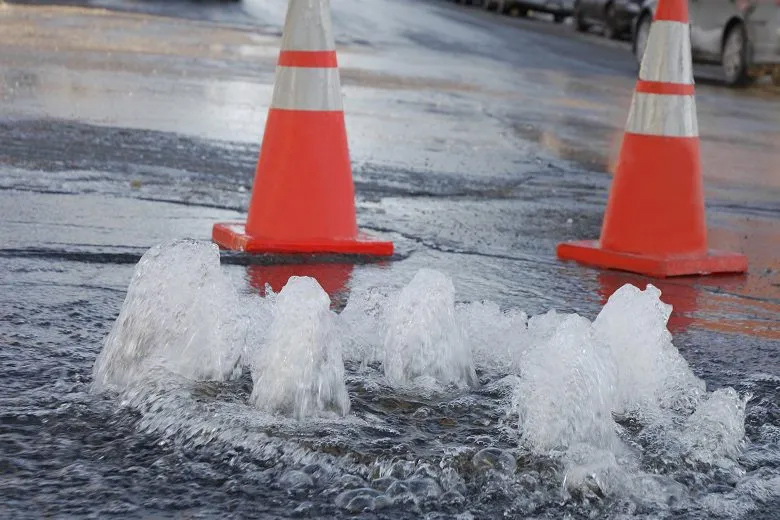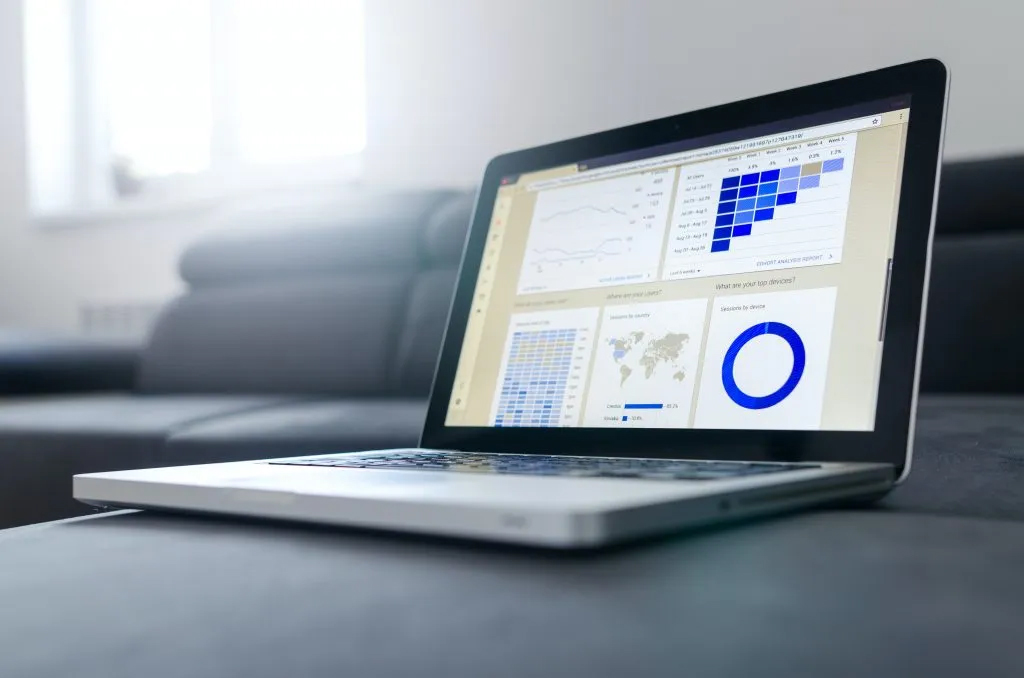Since the early 1980s, the internet has come a long way in integrating with our daily lives and workflows. In addition to popular uses like browsing and telecommuting, we can now harness its benefits in the form of Internet of Things (IoT). This provides:
- Various applications in the field of non-revenue water (NRW) reduction.
- Real-time asset intelligence.
- Water network monitoring for water utilities in Australia and New Zealand.
At Aqua Analytics, we use various IoT-enabled technologies to aid the NRW reduction efforts of numerous water utilities throughout the region.
It is an efficient approach to leak detection and pipeline burst prevention.
Acoustic devices equipped with IoT can constantly monitor the unique sound signature exhibited by leaking pipelines. Timely detection helps reduce NRW levels, improves water loss management within utilities and lowers the risks of potential water main bursts due to leaks.
Active Leak Detection can also be performed by skilled technicians who use sounding devices in the field. However, more critical water mains require constant monitoring because they supply water to thousands, if not millions of customers. Additionally, sending a crew of technicians to check the same assets every day would be highly impractical and costly. Deploying IoT sensors can take care of this 24/7 and allows you to maximise your other resources.

IoT can help your NRW reduction campaign and prevent major damages and inconveniences like the above.
IoT assists in creating customisable water network solutions
There is no single strategy for water network monitoring in Australia and New Zealand since many complex factors contribute to losses. Such variables may include the current level of NRW, the age of the pipeline network, and the assets’ locations. At Aqua Analytics, we provide IoT solutions customised depending on your needs and the characteristics of your pipe network.
For example, we can deploy dozens of pressure transient monitoring devices to cover an entire water distribution zone. Likewise, we can install a couple of acoustic loggers and leave them for a period to pinpoint suspected leaks along a pipeline. In both cases, IoT allows you to track pressure transients or view acoustic data at any time. Moreover, you can configure the devices to record and send data at user-defined intervals or alert the right people should issues arise.
It helps maximise the use of GIS data and SCADA for water network monitoring
According to water management experts at Qatium, water companies tend to waste terabytes-worth of data they collect about their assets. These typically include Geographic Information Systems (GIS) files, water meter readings, and hydraulic models, etc.
All this information could be utilised more efficiently for water network monitoring through the Internet of Things. For instance, remote noise loggers and sensors with 4G SIM cards can send data to a central data hub. Depending on your needs, this will let you automatically append data to GIS databases, update monitoring dashboards, and create alerts when needed.

IoT can link to your water management platform, providing you vital asset intelligence at your fingertips.
To summarise:
- IoT lets you perform real-time monitoring of water networks.
- It can help you create the best NRW strategy that suits your needs.
- This technology makes good and efficient use of the datasets you have on hand
State-of-the-Art Water Network Monitoring in Australia and New Zealand
At Aqua Analytics, we are committed to helping you reduce water loss and minimise the risks of pipeline failures. We offer deep knowledge and experience with IoT platforms, Smart Water technologies, and communications solutions. If you have existing IoT devices, SCADA, or GIS, we can consolidate them through a brand-agnostic smart water platform like GoAigua.
Our approach to water network monitoring uses the best technologies to deliver actionable insights and tangible results. For more information, please visit aquaanalytics.com.au or email us at [email protected].

